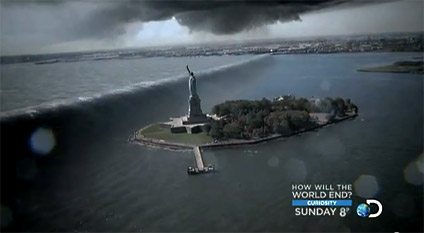This is aimed not at vfx companies, but at individuals who need help on short films, student projects, promo work on their first independent music video and so on.
Ever since I began in this freelance career of mine I’ve been asked to work on many projects of a low budget nature, and even more of a no budget nature. My stock answer to emails asking if I wish to work on a low or no budget project is no. Here’s why.
The most common phrase used to entice me in these situations is, “We have little budget now, but it could lead to more work in the future.” This works 2 ways. More work in the future shows that you believe in this project. Or does it? The future work is the carrot, the current low budget is the stick. In business that stick is a problem.
If you have your kitchen replaced it would be fair to say that even on a shoe string budget you would find sufficient coin to pay for a plumber and a gas man. Why? Because done badly, the plumbing could flood your house causing expensive water damage and worse, a dodgy gas fitting can blow a house sky high. You are effectively investing in your future. If those tradesmen have done their job correctly first time around you should never need to call on them again. They are skilled in their craft and charge accordingly.
When I finish a job, the intellectual property rights including copyright, must be handed over to the client. Past that they can do what they like with it. Every shot I have ever done to be shown on the BBC for example is legally allowed to be placed into any show of their choosing whenever they like and they don’t have to tell me or pay for it again. In that respect, production companies get astounding value for money out of vfx companies and thence freelancers like myself. In the same way as a plumber has years of practical on-the-job training and experience, so do I.
If I have a kitchen that needs plumbing I will pay someone that knows what they are doing. If they underquote, they are underselling, possibly inexperienced or trading illegally, all of which are bad. In that situation I would call someone else.
If you contact me for a quote on a small project, find it larger than you expected and go elsewhere, don’t be shocked if that elsewhere isn’t much cop or turns out to be just as expensive thanks to needing to hire someone else to sort out mistakes.
In short, you get what you pay for.
Quality, Speed, Affordability. Pick 2, the other one will suffer.


